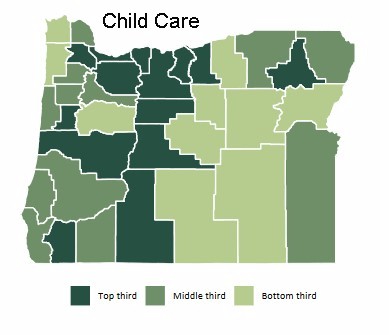| Oregon by the Numbers serves as a snapshot of the state and its counties at a particular moment in time.
We can use the results to influence programs and policies that affect the lives of Oregon’s children, families, and communities. We can better assess our strengths, weaknesses, needs, and assets. Certain data confirm that we have our challenges. I will take that message to Salem as I have in the past to advocate for investments in our part of Oregon and not just where the most people reside.
But there is something that numbers do not reflect. And that is our quality of life, our quality of habitat and environment, and the richness of our communities. We live here by choice and every year, millions visit here to temporarily embrace what we relish all year round. That means something.
So let’s strive to address our weaknesses together and support our leaders as they pursue results. And let’s remember all the things we really enjoy about where we live.
To see the full report, visit this link. |
















